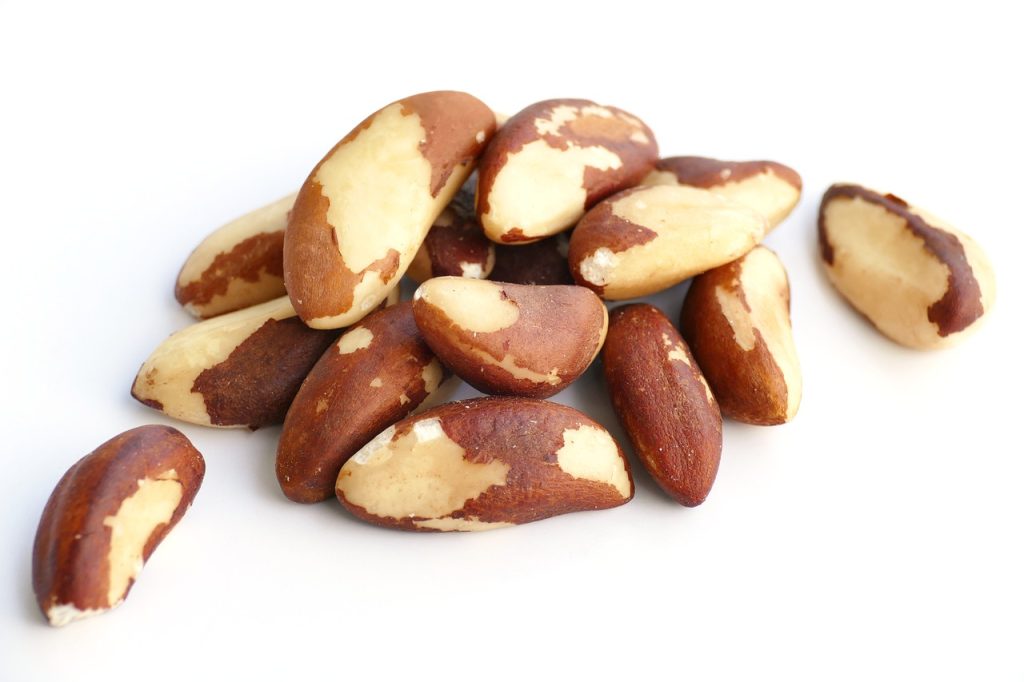Quality and Timing of Snacks Determines Their Health Impacts

Snacking is becoming increasingly popular, with more than 70% of people reporting they snack at least twice a day. In a new study presented at NUTRITION 2023, researchers examined whether snacking affects health and if the quality of snack foods matters.
“Our study showed that the quality of snacking is more important than the quantity or frequency of snacking, thus choosing high quality snacks over highly processed snacks is likely beneficial,” said presenter Kate Bermingham, PhD, a postdoctoral fellow at King’s College London. “Timing is also important, with late night snacking being unfavourable for health.”
The work is part of the ZOE PREDICT project, a group of large in-depth nutritional research studies designed to uncover how and why people respond differently to the same foods.
“Surprisingly little has been published on snacking, despite the fact that it accounts for 20–25% of energy intake,” said Bermingham. “PREDICT followed a large number of people and captured detailed information on their snacking behaviours, allowing this in-depth exploration of snacking on health.”
Using data from just over 1000 participants in the ZOE PREDICT 1 study, the researchers examined the relationship between snacking quantity, quality, and timing with blood fats and insulin levels, which are both indicators of cardiometabolic health.
The analysis showed that snacking on higher quality foods, which contain significant amounts of nutrients relative to the calories they provide, was associated with better blood fat and insulin responses. The researchers also observed that late-evening snacking, which lengthens eating windows and shortens the overnight fasting period, was associated with unfavourable blood glucose and lipid levels. There was no association between snacking frequency, calories consumed, and food quantity with any of the health measures analysed.
“We observed only weak relationships between snack quality and the remainder of the diet, which highlights snacking as an independent modifiable dietary feature that could be targeted to improve health,” said Bermingham.
Source: EurekAlert!


